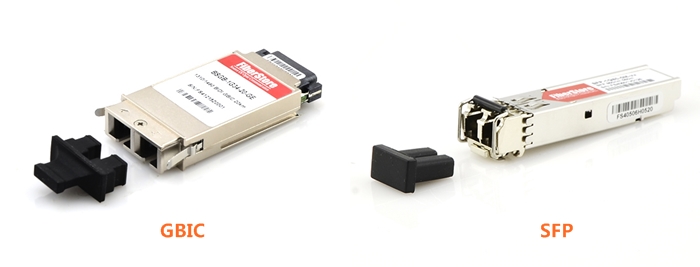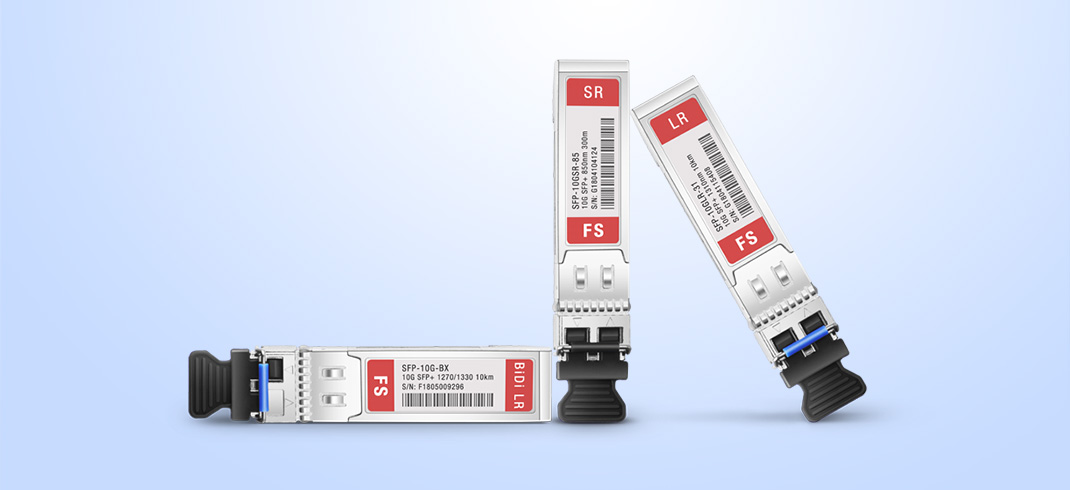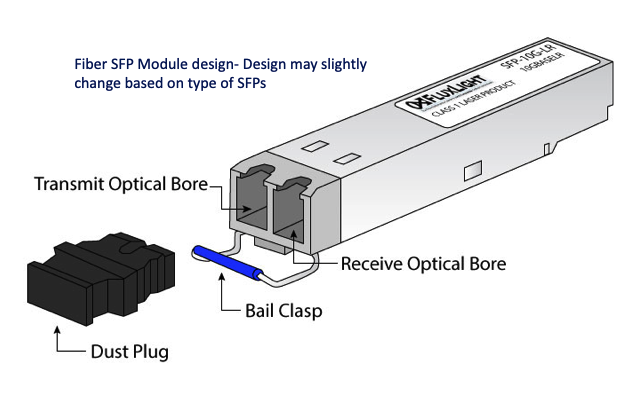Different types of transceivers(GBIC, SFP, SFP+, SFP28, QSFP, QSFP+, QSFP28 and CFP)
There’s a lot to consider when building a fiber optic network. There are so many different ways to approach optical communication, and every device has its own list of pros and cons. In modern, dense networks, small form factors are a constant necessity. Without such interfaces, you simply can’t pack enough networking components into the



